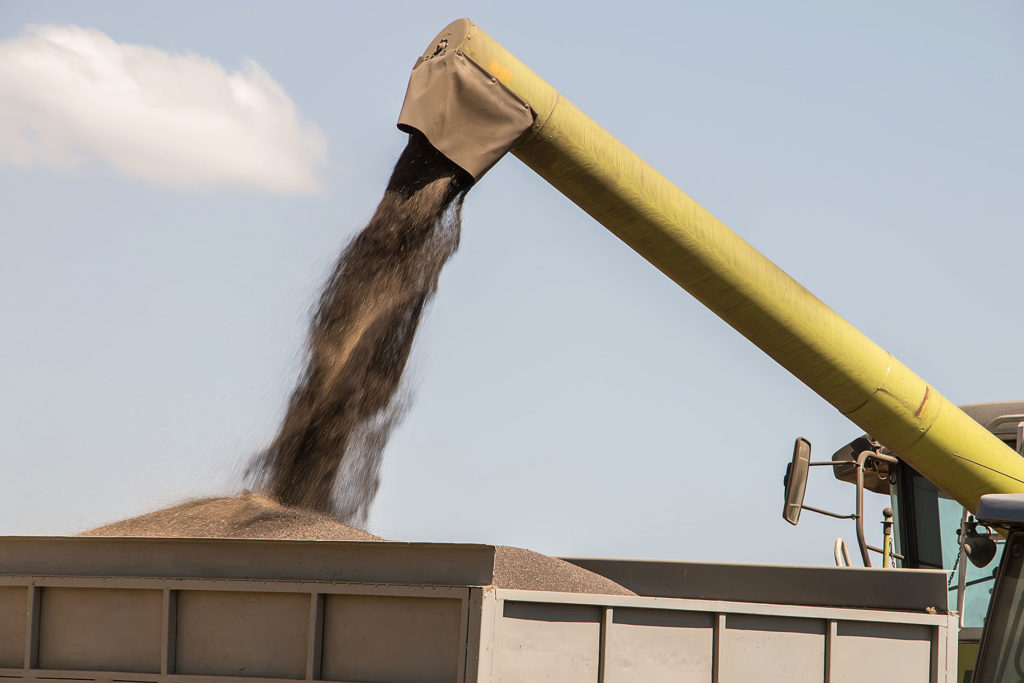Canola research in West Texas
Four-year project will test canola cultivars and irrigation strategies
West Texas farmers dealing with high-salinity water and limited irrigation need an alternative crop, such as canola, that’s adaptable to harsh conditions. Texas A&M AgriLife research will soon evaluate the potential for canola as an alternative crop amid the region’s marginal water sources and extended periods of dry weather.

Canola production would fill demands in biofuel and food supply chains for livestock and humans, according to researchers.
Four-year research project
The four-year, $880,000 project is being led by Texas A&M AgriLife Research and is funded by the U.S Department of Agriculture Supplemental and Alternative Crops program, SAC. The project will investigate options for farmers in the Trans-Pecos and middle Rio Grande Valley regions of Texas. The grant also supports Texas A&M AgriLife Extension Service outreach and engagement efforts.
“We are really excited to just look at the potential of what canola could do for the region,” said Girisha Ganjegunte, Ph.D., project lead and professor of water resources and salinity management at the Texas A&M AgriLife Research Center at El Paso.
Joining Ganjegunte on the research team are Saurav Kumar, Ph.D., AgriLife Research water system dynamics and unmanned aerial vehicle, UAV, specialist, El Paso; Qingwu Xue, Ph.D., AgriLife Research crop stress physiologist, Amarillo; Samuel Zapata, Ph.D., AgriLife Extension economist, Weslaco; April Ulery, Ph.D., professor of plant and environmental sciences, New Mexico State University; and Robert Flynn, New Mexico State University Cooperative Extension Service agronomist.
Ganjegunte said farmers in West Texas are looking for alternative crop options to complement staple commodities such as cotton, pecans, alfalfa and wheat. Crops that can be utilized for biofuel are one of the promising alternatives.
“We certainly want to identify something with more value, and canola has the potential,” Ganjegunte said.
Harsh growing conditions
Ganjegunte said for canola to be successful in the region, it will have to produce in the harsh environment. Irrigation will also be necessary, so researchers are looking at unconventional water sources.

“There are alternative supplies such as treated urban wastewater near urban centers such as El Paso, and brackish groundwater in other parts of the region,” he said. “Treated wastewater meets most of the drinking water standards except nutrients, coliforms and elevated salinity and sodicity.”
Ganjegunte said the research will evaluate canola performance utilizing treated wastewater at El Paso and saline groundwater at Artesia, New Mexico, for irrigation.
“Field tests will help scientists identify which canola varieties are better suited than others,” he said. “Economic analysis will be conducted to project costs and net return per acre, as well as other performance indicators.”
Field experiments will also include evaluating potential cultivars by working with regional farmers. UAVs will monitor field crop progress and conditions. Evaluations will also be conducted in greenhouse settings at the Texas A&M AgriLife Research and Extension Center at Amarillo.
“What we are trying to do is figure out how best to develop consistent information that will be useful to growers — by evaluating canola cultivars’ performance over the project duration,” Ganjegunte said.
Healthy alternative crop
Canola is gaining popularity in the U.S. In 2019, production yields reached about 7.2 billion pounds from an estimated 2 million acres. However, the current domestic production meets only about 31% of the nation’s annual demand, and about 84% of that domestic canola production comes from just two states — North Dakota and Minnesota.
Canola is valued for a range of applications, including biofuel and a nutritious, heart-healthy vegetable oil for human consumption. Thus, there is a strong need to increase the nation’s canola supply.
“Overall, we don’t want to introduce another water-intensive crop to this region,” Ganjegunte said. “The beauty of this project is the research can be applied throughout the Trans-Pecos, in the Southern Great Plains, and perhaps in other parts of the world characterized by arid conditions with marginal quality water supplies.”


